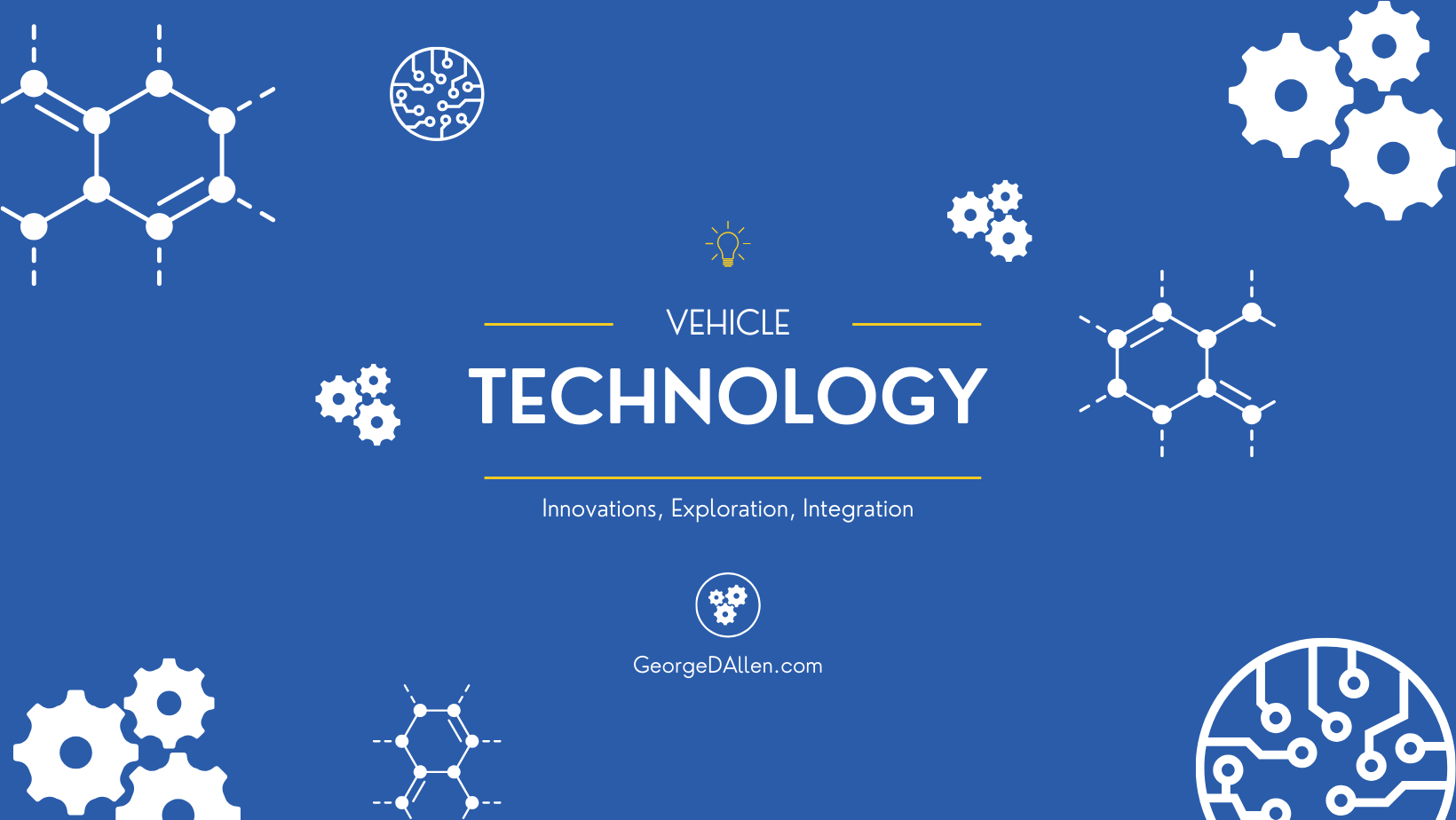New Vehicle Recall Analysis: Ford Camera & Seatbelt Failures

New Vehicle Recall Analysis: Ford Camera & Seatbelt Failures
Excerpt from Applied Philosophy III – Usecases (Systemic Failures Series)
Vehicle Recall Analysis: When Parallel Success Becomes Systemic Failure
Vehicle Recall Analysis often exposes a truth more subtle than a broken part: while systems may succeed in isolation, they can nevertheless fail in combination.
In October 2025, Ford announced two seemingly unrelated recalls — one concerning a rearview-camera defect in Super Duty trucks and another addressing seatbelt-sensor corrosion in Mustang models.
Individually, each issue appeared minor. However, taken together, they revealed a deeper pattern of systemic misalignment — one spanning requirements, verification, and supplier integration.
In essence, both cases traced back to the same underlying cause: an incomplete comprehension of the intended vehicle-level function.
When the high-level Usecases that define perception, feedback, and occupant safety are either missing or fragmented, verification tends to become procedural rather than epistemic.
As a result, what may appear to be a simple quality or reliability issue is, in truth, a failure of comprehension — a breakdown in understanding how individual systems must integrate to serve the whole.
Requirements Definition – Assumptions Masquerading as Clarity
At the specification stage, the rear camera and the seatbelt sensor were treated as independent commodities. The camera requirement stated that “the rear-view system shall display an unobstructed image within two seconds of gear selection,” while the seatbelt sensor requirement declared that “the buckle switch shall correctly indicate latch state during normal vehicle operation.”
Although, both statements seemed clear at first glance; however, their clarity dissolved when examined through the lens of Systems Engineering. Neither requirement defined the conditions of observation — illumination, moisture, corrosion, or electromagnetic interference. Furthermore, neither made reference to a principal Usecase that linked perception (the camera), human feedback, and restraint control into a coherent function.
As development proceeded, each team verified its own domain independently. Yet, because the integrated function — driver awareness and occupant protection — was never validated as a unified behavior, the system failed at the boundary where those domains met. When requirements define isolated components instead of observable behaviors, integration collapses precisely at the point where understanding should converge.
Verification Gaps – Testing Without Context - Vehicle Recall Analysis
Verification plans followed the boundaries of their respective components. Camera testing concentrated on color accuracy, frame latency, and electrical robustness, while seatbelt sensors underwent salt-spray corrosion tests and mechanical cycling. Yet none of these efforts addressed the combined Usecases — a vehicle parked overnight in freezing rain, a seatbelt corroding just enough to delay the “latched” signal, or a fogged camera producing distorted imagery that confuses automatic reverse assist.
Because no structured Usecase family existed, verification lacked traceability across environmental dimensions such as temperature, humidity, vibration, and voltage. Each laboratory simulated reality only in fragments, reproducing its own limited portion of the problem space. Consequently, a system-level Working Model capable of running all such scenarios in a unified, repeatable environment never came into existence.
At the end, finite verification depends on the completeness of its Usecases. Without a bounded and explicit set of operating conditions, the phrase “normal operation” expands toward infinity — and what cannot be bounded cannot be verified.
Supplier Integration – Fragmented Ownership of Truth
Two different Tier 1 suppliers delivered the camera and seatbelt modules, each validated independently within its own environment and using proprietary data formats. Ford’s central verification team received only summarized reports — no raw datasets, no time-aligned environmental metadata. As a result, interface definitions remained static documents rather than executable models that could demonstrate interaction in real time.
Therefore, when both systems were finally integrated, subtle timing mismatches between diagnostic networks produced intermittent signal losses. During cold-soak testing, the camera delayed its boot sequence just long enough for the restraint module to time out. The system software, unable to reconcile the missing seatbelt state, defaulted to “unlatched,” which in turn disabled airbag arming and triggered spurious warnings.
Because no single entity owned cross-domain verification, no one ensured that perception, communication, and safety logic were tested as a unified behavior. The absence of a defined Usecase boundary — a shared scenario describing how these systems must perform together — allowed gaps to persist unnoticed. In the end, responsibility diffused and accountability quietly disappeared.
Root Cause – Absence of a Unified Usecase Library - Vehicle Recall Analysis
Each supplier validated its component against its own interpretation of “normal,” while Ford’s internal teams verified performance against broader vehicle-level assumptions. Without a centralized Usecase Library, there was no unified definition of truth.
The Usecase Library functions as a finite substitute for infinity—a structured enumeration of every condition the system must understand and demonstrate. When this foundation is missing, comprehension fragments into isolated validation efforts that may be accurate within individual domains but inconsistent when combined across the system.
Today, AI-supported Usecase management tools are capable of synthesizing such libraries automatically. They can identify the factors that influence performance — temperature, voltage, material aging, and similar dependencies. They can then generate Usecase families covering bounded increments of variability, while detecting overlaps and gaps in verification coverage. In doing so, AI transforms what was once an unbounded combinatorial problem into a finite, enumerable discipline — one that restores coherence between intent, verification, and system truth.
Functional Safety and Finite Development
Both recalls ultimately revealed a gradual erosion of the functional safety intent defined by ISO 26262. The ASIL allocations remained correct on paper, yet the essential traceability between hazard analysis and system-level Usecases was missing. As a result, safety verification devolved into a compliance exercise rather than a demonstration of comprehension.
Within the framework of the Finite Development Hypothesis, every vehicle-level function must be reducible to a finite set of verified algorithms. That finiteness arises only through the disciplined structure of the Usecase Library. When the library is absent, the system loses its ability to close the loop between design intent and verification evidence. Development then becomes open-ended, resource-intensive, and ethically unstable — a process without defined boundaries or measurable truth.
From Recall to Framework – Restoring Accountability
For Ford, the lesson extends far beyond camera modules and seatbelt sensors. It exposes a structural truth shared by all OEMs: verification is the physical manifestation of comprehension. The Usecase is not merely a documented scenario; it is the living contract of responsibility that binds requirements, models, and suppliers into a single coherent purpose.
Preventing future recalls will depend less on expanding test volume and more on reorganizing understanding. A verified system is not one that never fails—it is one whose potential failures are anticipated, modeled, and constrained within defined Usecases. When verification becomes the expression of comprehension rather than an afterthought of procedure, safety ceases to be reactive and becomes an engineered certainty.
Key Takeaway - Vehicle Recall Analysis
Finally, Vehicle Recall Analysis of the Ford camera and seatbelt failures shows that undefined boundaries—not broken parts—create systemic defects. A disciplined Library of Usecases turns those boundaries into measurable truth. It converts integration from negotiation into a reproducible science.
In the language of Applied Philosophy III – Usecases, each Usecase stands as a finite declaration of truth. Every untested boundary remains an open invitation to fail.
(© 2025 George D. Allen — Excerpt and commentary from “Applied Philosophy III – Usecases.”)
References:
- https://georgedallen.com/new-engineering-ethics-fundamentals-of-product-development/
- https://georgedallen.com/objectivist-philosophy-in-new-engineering-ethics/
- European Commission. Regulation (EU) 2023/1542: https://eur-lex.europa.eu/eli/reg/2023/1542/oj/eng
- Ford Recall: https://www.reuters.com/business/autos-transportation/ford-recall-over-14-million-us-vehicles-over-rearview-camera-issue-2025-10-22/
About George D. Allen Consulting:
George D. Allen Consulting is a pioneering force in driving engineering excellence and innovation within the automotive industry. Led by George D. Allen, a seasoned engineering specialist with an illustrious background in occupant safety and systems development, the company is committed to revolutionizing engineering practices for businesses on the cusp of automotive technology. With a proven track record, tailored solutions, and an unwavering commitment to staying ahead of industry trends, George D. Allen Consulting partners with organizations to create a safer, smarter, and more innovative future. For more information, visit www.GeorgeDAllen.com.
Contact:
Website: www.GeorgeDAllen.com
Email: inquiry@GeorgeDAllen.com
Phone: 248-509-4188
Unlock your engineering potential today. Connect with us for a consultation.

